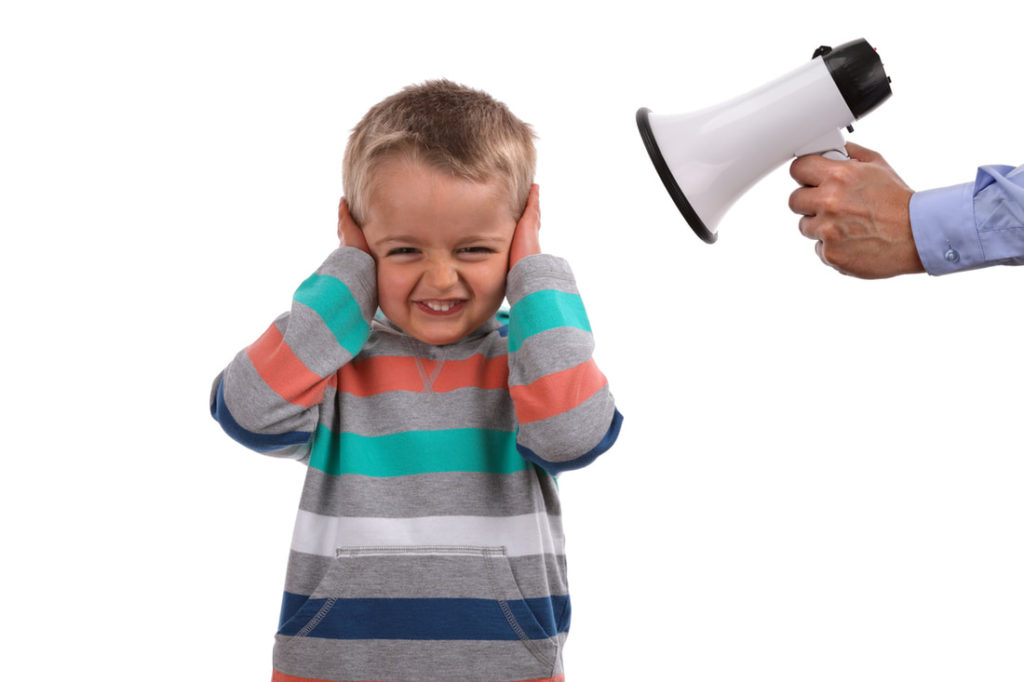
- #Sensory processing disorder sounds how to#
- #Sensory processing disorder sounds series#
Giving advance notice of change to routine.Management strategies that help support the child with sensory processing disorder (SPD) (at preschool, school and/or home):

Difficulties with gross and fine motor skills.Engaging in meaningful interactions with peers.Adequately expressing ideas, thoughts and feelings using language.Being able to follow instructions at home and school.Has difficulty engaging with peers and sustaining friendships.Ĭommon difficulties often (but not always) experienced by the child with sensory processing disorder (SPD)?.Has difficulty accepting changes in routine or transitioning between tasks.
#Sensory processing disorder sounds how to#
Prefers to play on their own or has difficulty in knowing how to play with other children. Has delayed communication and social skills, is hard to engage in two-way interactions. Performs tasks with too much force, has big movements, moves too fast, writes too light or too hard. Appears floppy or has ‘low muscle tone’, tires easily and is often slumped in postures. constant spinning, running around, jumping, crashing in objects/people). hair-brushing, hair-washing, nail cutting, dressing, tying shoe laces, self-feeding). Becomes distressed during self-care tasks (e.g. Has restricted eating habits or is a picky eater. Has poor motor skills appears clumsy, has immature coordination, balance and motor planning skills, and/or poor handwriting skills. Is easily distracted, shows poor attention and concentration. Has difficulty regulating their own behavioural and emotional responses increased tantrums, emotional reactive, need for control, impulsive behaviours, easily frustrated or overly compliant. Appears lethargic/disinterested appearing to mostly be in their ‘own world’. not noticing name being called, being touched, high pain threshold). Is under-reactive to certain sensations (e.g. Shows heightened reactivity to sound, touch or movement. 
What are the common features of sensory processing disorder (SPD)? Sensory Discrimination Disorder is a problem with sensing similarities and differences between sensations.
#Sensory processing disorder sounds series#
Sensory-Based Motor Disorder is a problem with stabilising, moving or planning a series of movements in response to sensory demands. Sensory Modulation Disorder is a problem with turning sensory messages into controlled behaviours that match the nature and intensity of the sensory information. There are 3 possible components of dysfunction of sensory integration: SPD can therefore impact on a person’s ability to interact in different environments and perform daily activities. This means that they may feel sensory input more or less intensely than other people. sound, touch and movement) from the world around them. People with SPD find it difficult to process sensory information (e.g. Sensory processing disorder (SPD) is a neurological condition that exists when sensory signals don’t get organised into appropriate responses. What is Sensory Processing Disorder (SPD)?






 0 kommentar(er)
0 kommentar(er)
